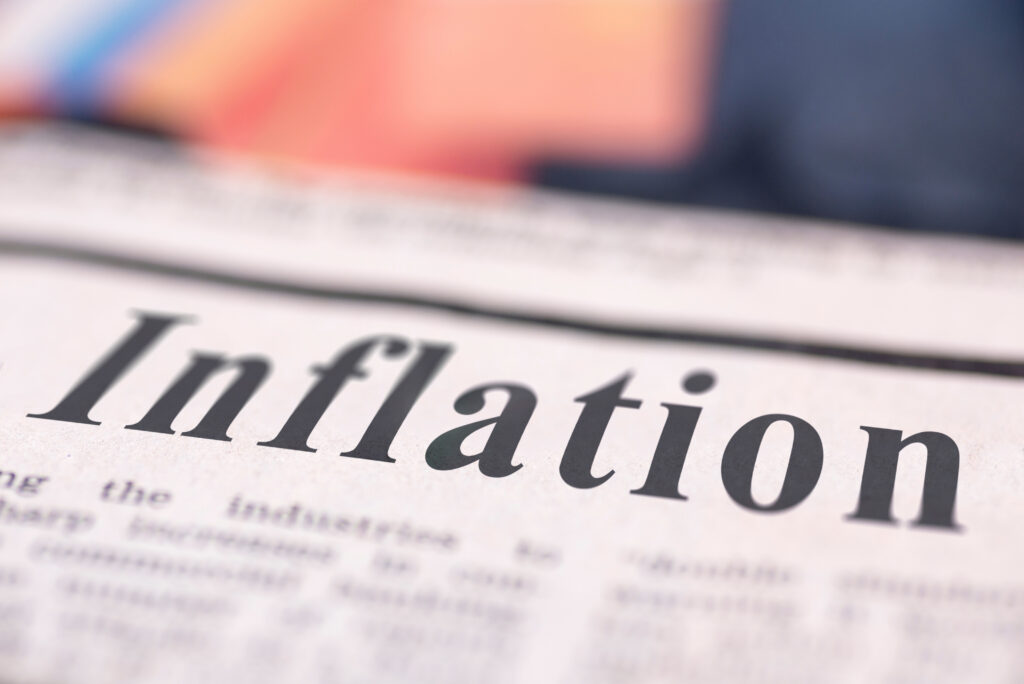Property Expenses Impacting Loan Performance
Among the most impactful consequences of rising inflation has been overall expense increases incurred by property owners. The rise in the cost of goods influences most expense line items on a property financial statement. Material prices, especially building materials, have skyrocketed since 2020 making it much more expensive to maintain the physical structure. This could result in additional deterioration of the asset if the owner is not coming out of pocket for additional expenses, and in some cases, Borrowers are choosing not to spend the money due to costs. Additionally, we have seen an increase in payroll expenses as owners look to attract and retain staff.
In one of our previous articles, we outlined the impacts we have seen within our insurance department as it relates to rising material costs:
“Insurance carriers have been impacted by the pressures of inflation, resulting in increased operational costs. Consequently, insurance carriers are compelled to limit their capacity and raise insurance rates to bolster their profit margins. This trend has led to an increase of layered policies as a response to the evolving market conditions. The escalation of claims costs can be attributed to the rising expenses of supplies.”
Additionally, expense-related assumptions from underwriting (which were already typically a little too liberal) are being blown out of the water as it relates to repairs and maintenance. This results in weaker loan performance from a DSCR perspective. This may cause some loans which were underwritten “on the line” to get placed on watchlists and affect Lender’s policy on how much cash they hold in reserve.
Physical Risk Concerns
The rise in inflation and cost of materials goes beyond affecting just loan performance. Lenders would prefer to see an increase in R&M expenses, while getting reassurance that a property’s physical characteristics are being maintained.
Our Engineering team has seen this through the Loss Mitigation work being done. It has become common to see potholes being patched rather than repairing the paving system to defer the expense needed for proper repairs. Touch-up painting rather than a full paintjob is also being noted. Vacant and damaged units are not being repaired and turned due to the rise in material costs. Landscape maintenance is not being addressed and, in many instances, repairs are being made where conditions clearly warrant replacement.
Supporting Data
• Globe St estimates that between January 2020 and September 2022, building material prices increased approximately 35.7%.
• New Data from the Associated Builders and Contractors prices have increased an additional 4.9% between Q1 2022 and Q1 2023.
Asset Management Insights
Beyond the direct effects of inflation, there has also been a resulting shift in focus among Lenders. Inflation has ultimately caused rates to increase, resulting in a slowdown in new originations. In these times, Lenders often look inward to assess their portfolio health from an Asset Management standpoint. We are hearing directly from our clients that they want to be more proactive in managing potential risks through increased depth and frequency of their surveillance activities.







